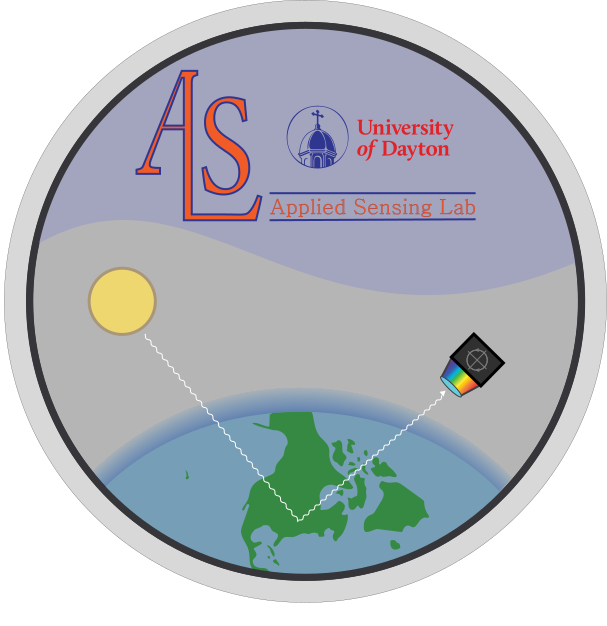Researcher, Educator, Lab Administrator: Bradley M. Ratliff, Ph.D.
The Applied Sensing Laboratory’s (ASL) mission is to prepare students for a career of impactful research using relevant sensors to solve real-world problems. Our focus is on applied research that emphasizes well-principled science. Core concepts include designing and executing scientific data collections, understanding the complexities associated with sensor calibration in remote sensing applications, and developing successful algorithmic approaches that are robust to the difficulties encountered with real-world data. The ASL is particularly concerned with sensing applications in the electro-optical and infrared (EO-IR) region of the electromagnetic spectrum. The ASL currently has a diverse set of imaging sensors and capabilities that enable a wide range of student research topics in visible, infrared, hyperspectral, polarimetric, spectro-polarimetric, LIDAR, 3D imaging, and data fusion for phenomenological studies, remote sensing, vision-aided navigation, material detection, identification, characterization, and beyond.
Contained within the community are various public datasets and corresponding source code for reading ASL data files.
Contained within the community are various public datasets and corresponding source code for reading ASL data files.



